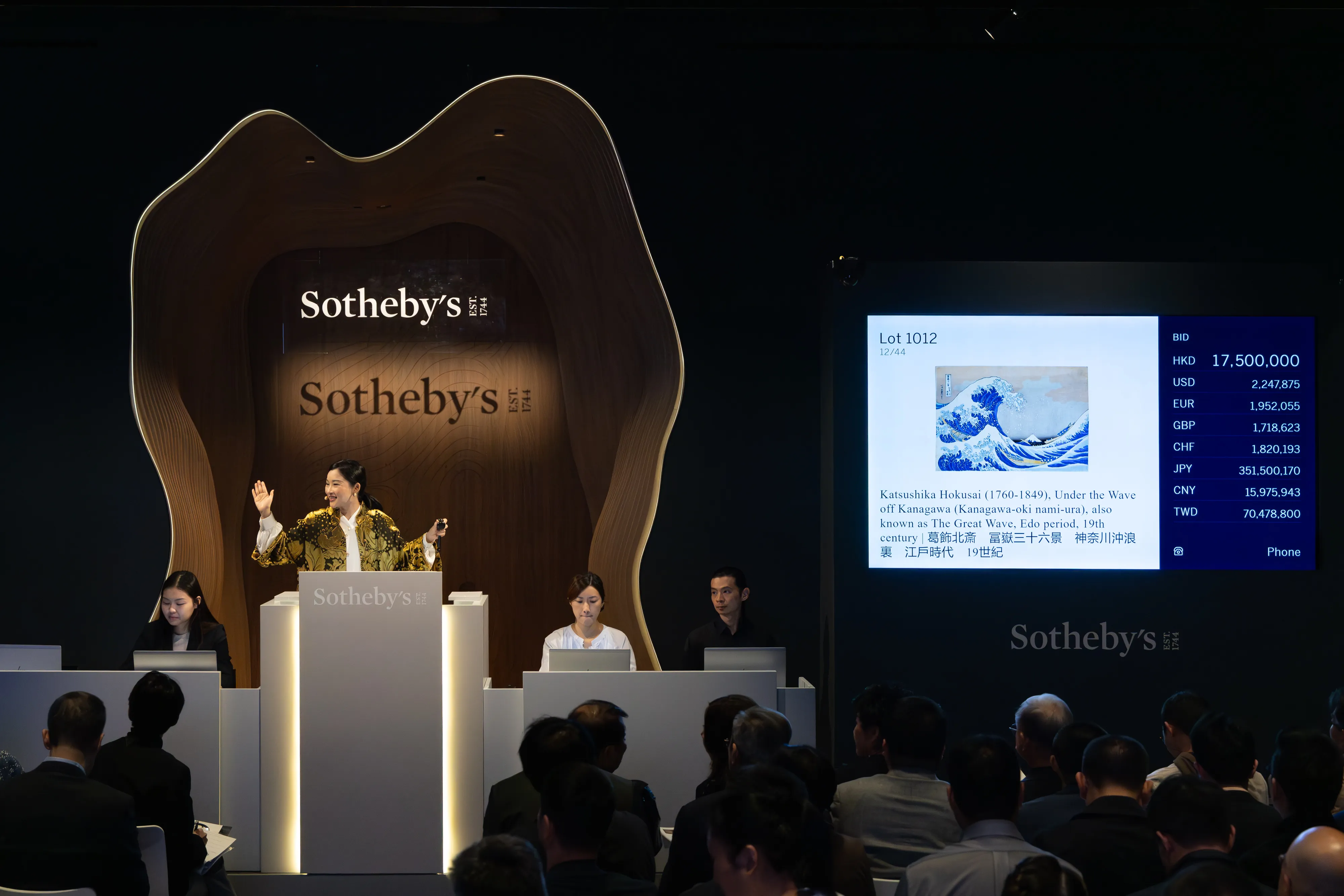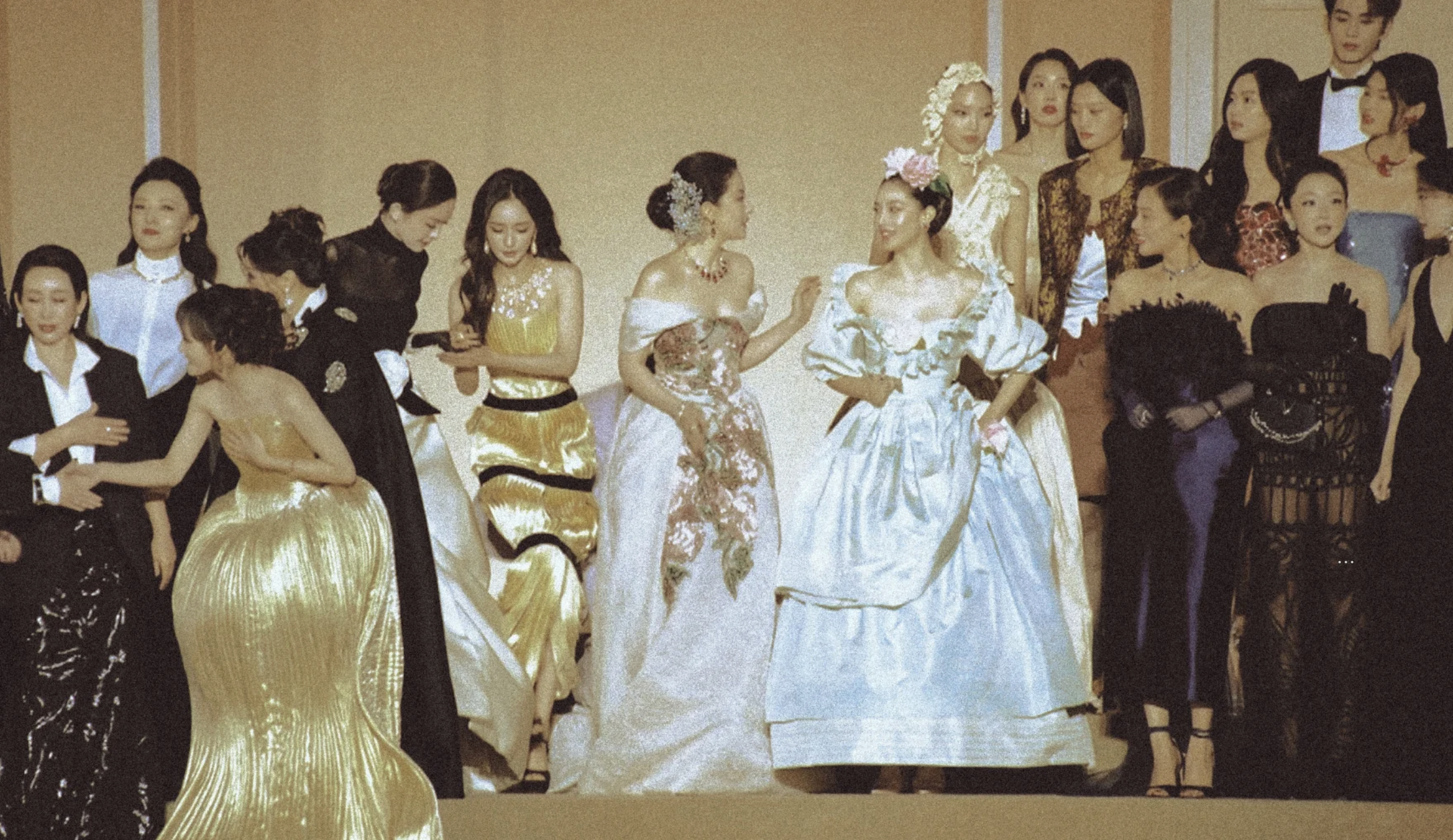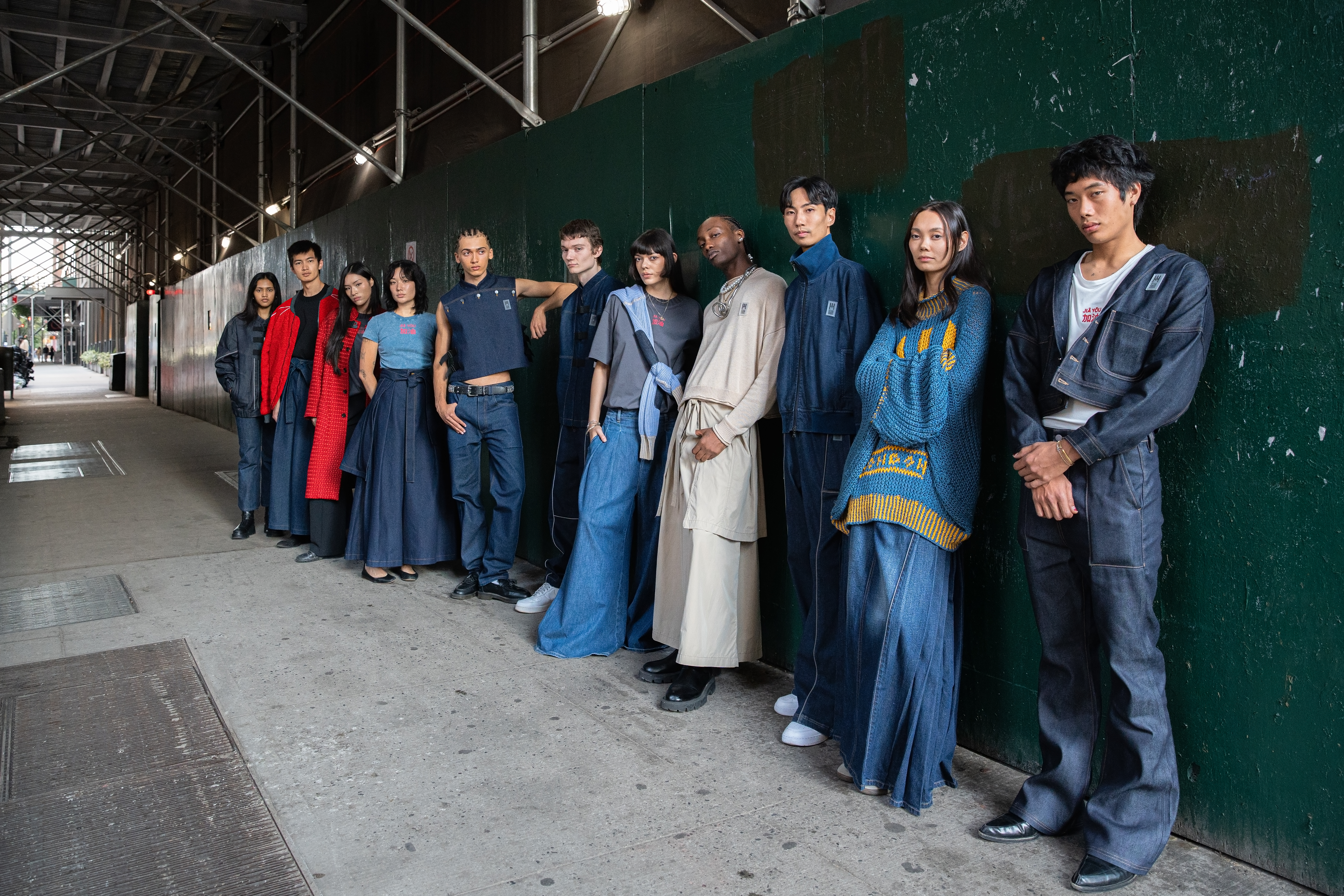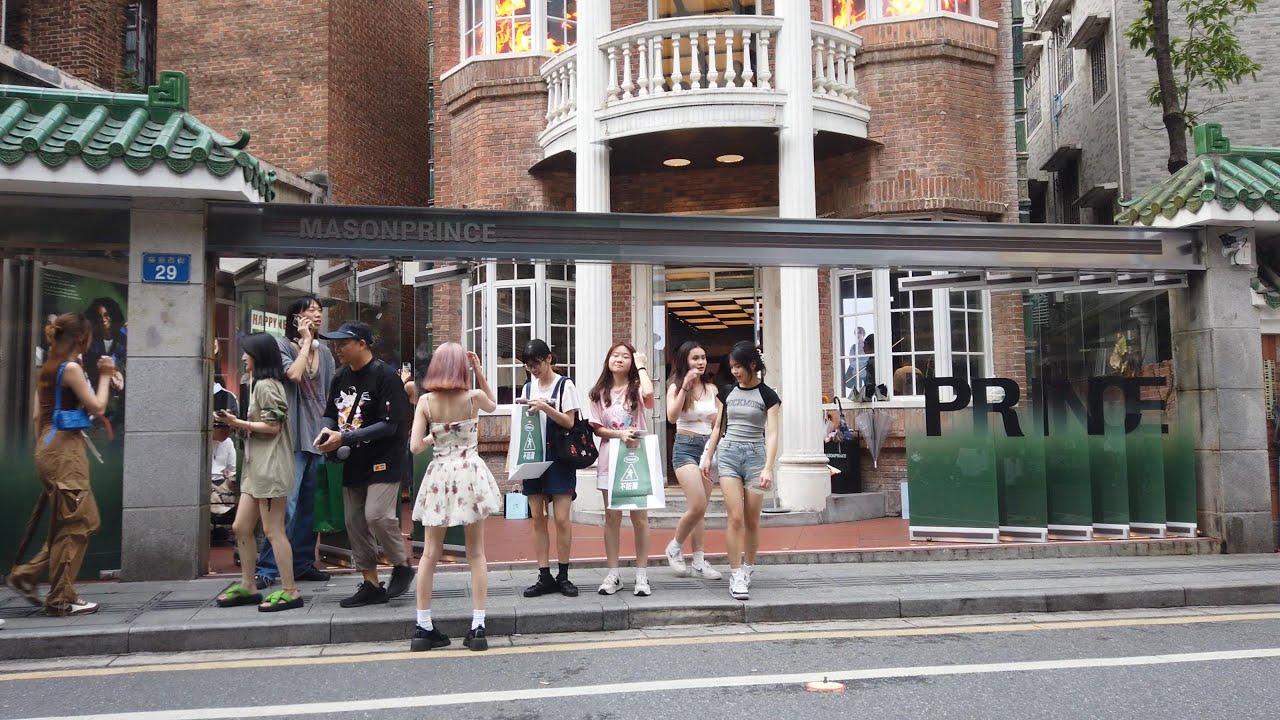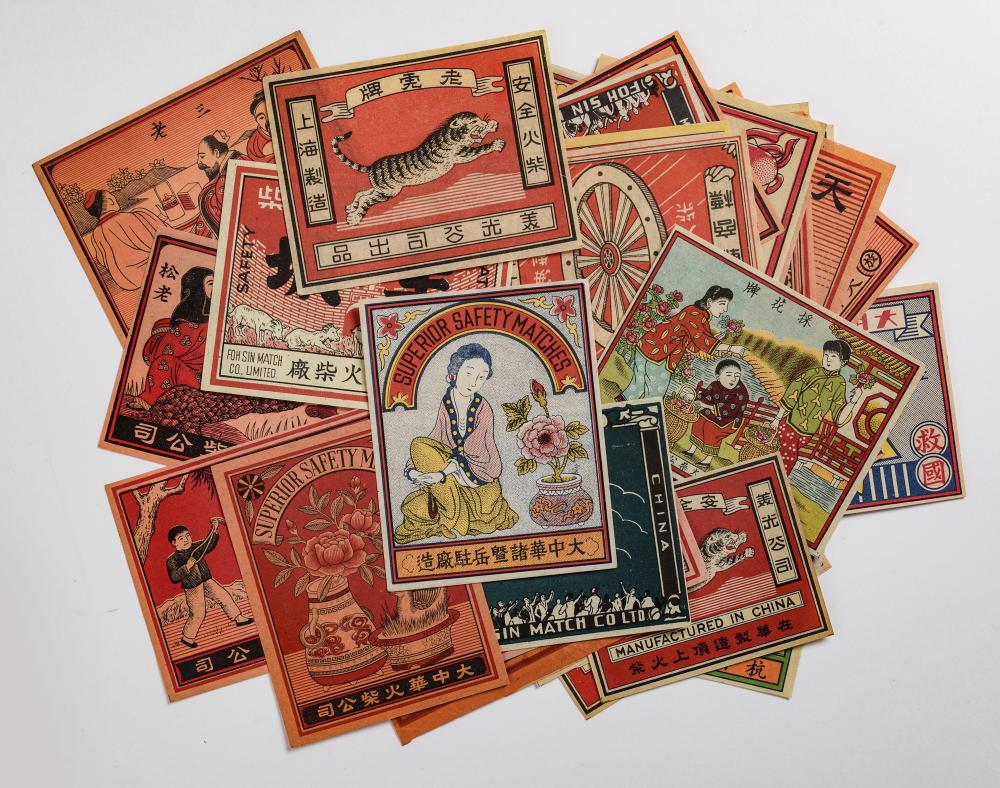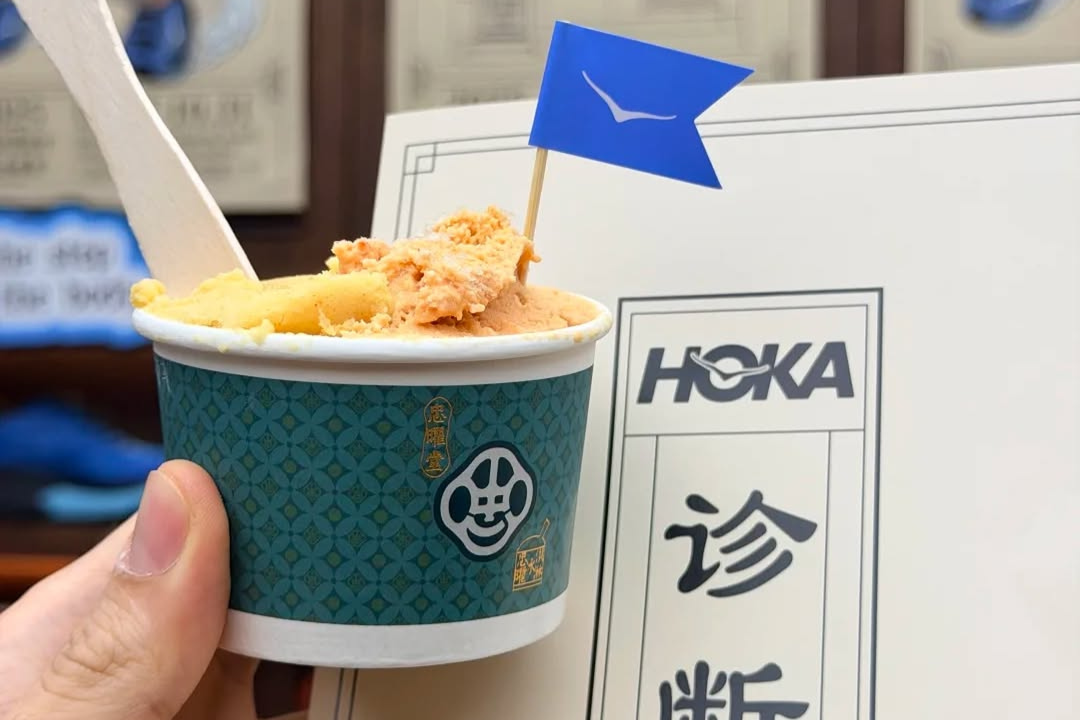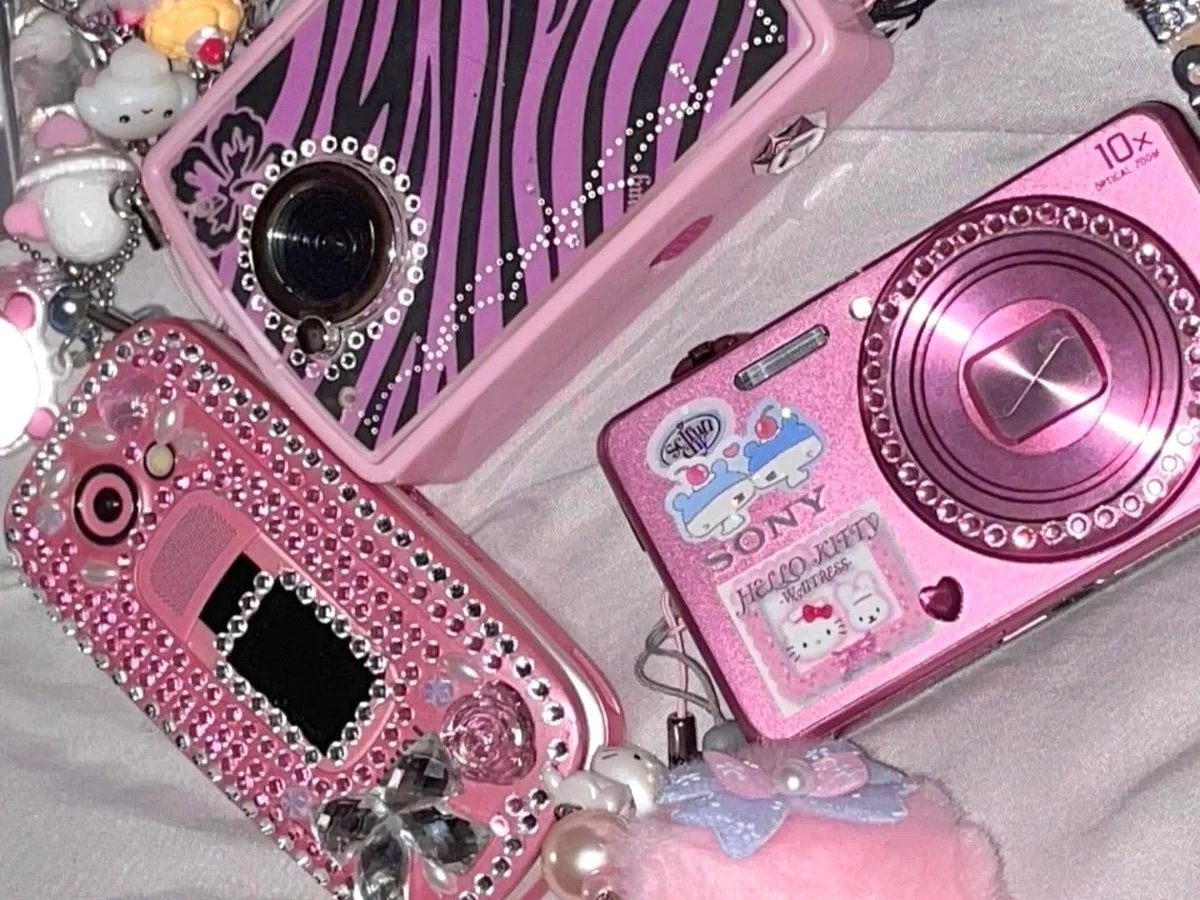“Made in China” no longer means what you think it might. Today the new face of Chinese fashion design is diverse, dynamic, and in step with global trends — a fact which may surprise some who think China solely lives behind an information firewall.
While this season’s Shanghai Fashion Week is under way, we look at at how the label “made in China” in the fashion world has shifted from connotations of cheap knock-offs to a label leaned into with pride.
A Return to the Original
To understand how the label has changed, we need to look at where the connotations came from. In the 1970s, China embraced a more active role in the global economy by promoting exports, which is how the “made in China” label entered the spotlight. Even as China’s economy has developed and shifted, the country’s reputation as “the world’s factory” has persisted.
Many overseas have continued to see it as a country where production is limited to low-level, low-tech, and cheap goods, and the international public have become convinced that Chinese suppliers could not produce goods that meet the safety and quality requirements of Western societies, their beliefs reinforced by high-profile safety scandals.
The reality is far more complex, however. Many Chinese manufacturers always had the capability to move past mass-producing goods, but were instead eager to satisfy global demand for lower-priced goods. By opting for this strategy, China achieved the same striking success of post-World War II Japan, where the initial focus was on producing only low-quality goods before embracing automation and robotics. Nowadays, Japan is world famous for its highly technological products, and China is looking to close that gap.
Jing Daily writes that for centuries, the label “made in China” was synonymous with “exceptional craftsmanship” and “represented a benchmark of quality and beauty.” Similar to the Japanese “monozukuri” (ものづくり), a philosophy that pushes manufacturers and artists to seek perfection in their crafts, this new phase in China’s development signals a return to the essence of the original “made in China,” one that places the “craftsmanship spirit” (gongjiang jingshen 工匠精神) at the core of production.
Fashion is no different in this respect. In the last decade, China has cultivated top talent that draws intuitively from their culture, but is also well-educated and has a global mindset, having being trained at top universities both domestically and abroad.
Related:
 9 Chinese Fashion Labels to Watch in 2019These nine represent some of the best and brightest design talent China has to offerArticle Jan 01, 2019
9 Chinese Fashion Labels to Watch in 2019These nine represent some of the best and brightest design talent China has to offerArticle Jan 01, 2019
On one hand, this new wave of Chinese design is more focused on creativity than on commercial success, and their collections earn widespread acclaim for that reason.
Not only do these labels imbue “made in China” with creativity and individuality, but they also rewrite the Chinese narrative through engaging marketing campaigns that capitalize on their national culture and rich history, tailored to their home market.
But perhaps more importantly, fashion’s rising class has also demonstrated a perfect understanding of current world affairs.
Nationalism & Nostalgia
Like most Chinese citizens today, fashion designers grasp that their country of origin has become a global superpower, and are increasingly proud of their culture and heritage.
It’s also easier for them than for international brands to grasp the undertones of traditional Chinese aesthetics and to naturally build a collection around them. Examples are how Atelier Rouge Pékin reinterpreted the Mao jacket, Li-Ning created red-yellow nationalist activewear, and Feng Chen Wang launched a whole “made in China”-themed collection.
Being Chinese became cool almost overnight, and fashion aficionados are fully aware of it.
Li-Ning is a textbook example of this. Revamping itself from a second-rate outlet brand into a regular sighting at New York Fashion Week, reception to the brand’s NYFW debut was “unexpected and unprecedented,” helping set a trend of domestic brands opting to wear their Chinese pride on their sleeves.
Related:
 Made in China 2.0: How Li-Ning Sneakers Went from Beijing Outlets to New York Fashion WeekArticle May 22, 2018
Made in China 2.0: How Li-Ning Sneakers Went from Beijing Outlets to New York Fashion WeekArticle May 22, 2018
Li-Ning wisely tapped into “the rise of the national rhetoric,” and created designs incorporating traditional Chinese elements that resonate with younger consumers today. But they are not the only Chinese success story.
Earlier this year, South China Morning Post reported that during Alibaba’s 618 shopping event, around 60% of brands that reached 100 million RMB (14.5 million USD) in sales were domestic brands. Moreover, research from Tencent shows that consumers born in or after 2000 are “more interested in domestic brands than international brands” because they believe that “‘buying local’ means they’re supporting the country.”
In contrast, high-profile consumer scandals (such as those involving Versace, Dolce & Gabbana, and even publications like Vogue) have infuriated the Chinese public, pointing to the fact that local consumers increasingly feel alienated and misrepresented by Western retailers.
Related:
 3 Huge Chinese New Year Advertising Fails from International BrandsA trio of Chinese commercial campaigns from big international brands that make us go “wtf?”Article Jan 31, 2019
3 Huge Chinese New Year Advertising Fails from International BrandsA trio of Chinese commercial campaigns from big international brands that make us go “wtf?”Article Jan 31, 2019
The ongoing trade war between the US and China has further pushed nationalist rhetoric into the mainstream. After a widespread boycott of US brands once the trade war took hold of China, Forbes quoted Linda Lim, professor emerita of corporate strategy and international business at the University of Michigan, in saying: “Chinese people’s own view has evolved in a much more nationalistic direction than before.”
Forbes further cited data from a survey by UK-based PR firm Brunswick Group that showed 68% of Chinese consumers now have a lower opinion of American companies compared to the past. But the trade war and China’s rise to prominence aren’t the only reasons why Chinese consumers are increasingly turning toward domestic brands.
Nostalgia (and how it is leveraged) also plays a significant role here. The “retro brand renaissance” is having a big moment worldwide, and China is no exception to the rule. Consumers are increasingly turning to comforting products that recall younger, more careless years. In China, foreign brands can’t tap into this treasure trove because they don’t have as long-lasting of a connection with their buyers as domestic brands do.
Local designers are especially well-positioned to respond to this yearning, and offer products that resurrect the past — and simpler times — for them. This trend helps explain Chinese cold medicine 999’s viral long johns, and Laoganma hot sauces’s hipster-approved pop-up at NYFW.
Related:
 The Hottest Look at New York Fashion Week SS2019? A Chinese Chili SauceSpicy Guizhou sauce brand Lao Gan Ma (“Old Godmother”) has become an unlikely fashion icon after it was used on clothing at New York Fashion WeekArticle Sep 14, 2018
The Hottest Look at New York Fashion Week SS2019? A Chinese Chili SauceSpicy Guizhou sauce brand Lao Gan Ma (“Old Godmother”) has become an unlikely fashion icon after it was used on clothing at New York Fashion WeekArticle Sep 14, 2018
Our Great (Opinion) Leader
In a country that is now at the forefront of digital technology, and where consumer motivation and behavior is strongly influenced by social media trends and the Internet, Chinese influencers have as much to do with the commercial success of Chinese fashion as the designers themselves. China is arguably a place where influencers have more power than anywhere in the world; as such, they have the potential to dramatically shift consumer preferences.
The high social media penetration rate (as much as 48%) helps upcoming designers reach end consumers more quickly. But it also promotes a culture of transparency where users can easily identify copycats, and where fashion designers who are creative and/or attentive to cultural and political trends can achieve overnight success.
It could take years to fully shed the connotations “made in China” brings to mind for most people. But the increasing clout of the country’s fashion design talent is proof that both creativity and innovation are in great supply, and that the Chinese public is more eager than ever to embrace and encourage local talents.
Related:
 China Designers: 8 Menswear Labels We LoveLet’s hear it for the boysArticle May 05, 2020
China Designers: 8 Menswear Labels We LoveLet’s hear it for the boysArticle May 05, 2020
Header image: Models on parade for CJ Yao SS 2019 (courtesy CJ Yao)
